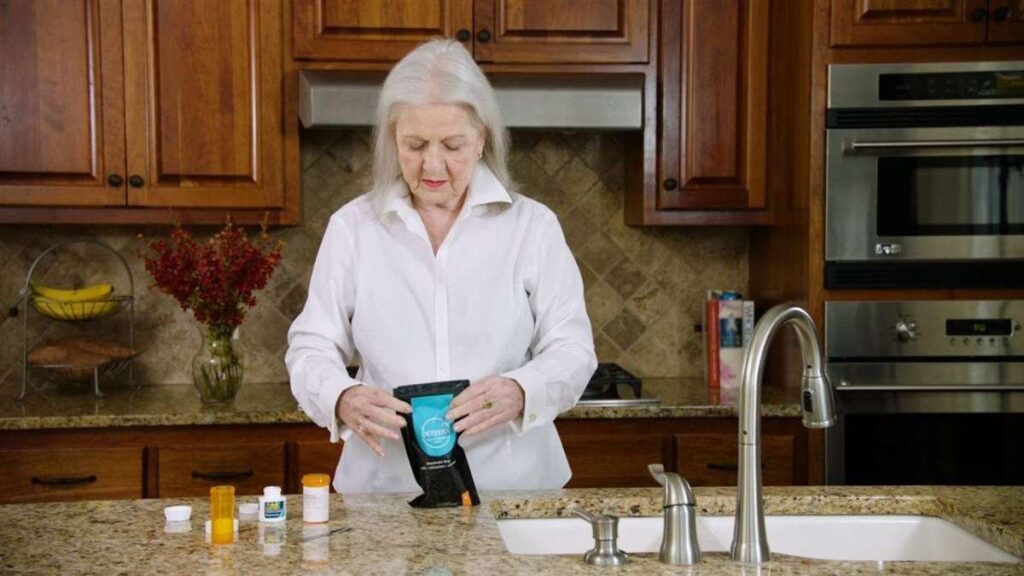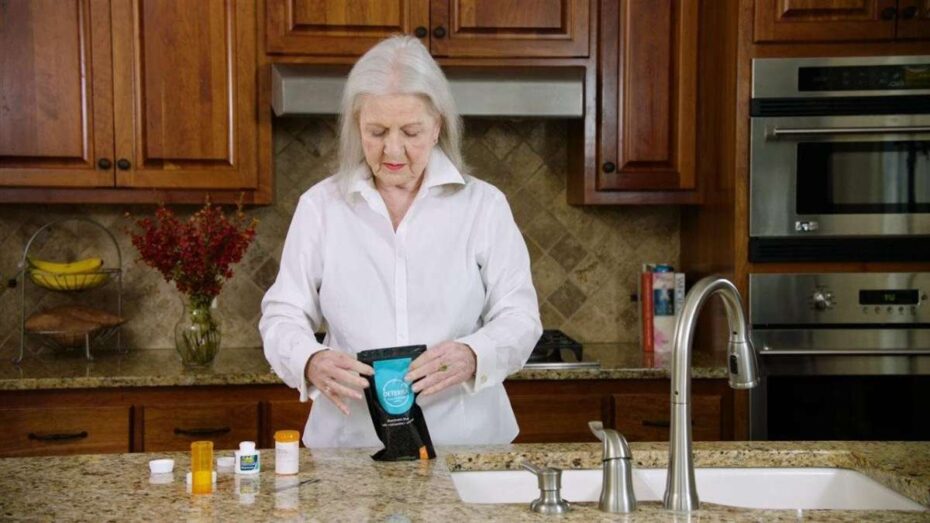By Kevin Patterson, D.D.S., M.D.
From the Spring 2021 Journal of the Colorado Dental Association
 Oral health is the primary focus of dentists and oral surgeons, but we know that quality care means treating the whole person and making every effort to ensure our patients are well-informed about the treatments, medications and aftercare instructions they receive from us.
Oral health is the primary focus of dentists and oral surgeons, but we know that quality care means treating the whole person and making every effort to ensure our patients are well-informed about the treatments, medications and aftercare instructions they receive from us.
The importance of safe prescribing and educating patients on the proper use of pain medication cannot be overstated. As an oral-maxillofacial surgeon who provides treatment that occasionally necessitates prescribing narcotics to teens and adults, I’m acutely aware of the potential risk of abuse posed by opioids and my role in educating my patients about the harm these powerful drugs can do if misused.
During the COVID-19 pandemic, the nationwide opioid epidemic has worsened dramatically. The Centers for Disease Control and Prevention (CDC) reported that there were over 81,000 overdose deaths in the 12 months ending in May 2020, the highest number of overdose deaths ever recorded in a 12-month period.
Our first line of defense in combating this growing problem is responsible prescribing, but even when we limit the number of opioids we prescribe, it’s not uncommon for patients to have unused pills after a surgery. Unfortunately, these leftover pills can pose a risk for misuse long after they’ve been prescribed: one study found more than 60% of people with leftover prescription opioids kept pills for future use rather than disposing of them, with one in five reporting they share their medication with another person.[1]
Providing Options for Proper Drug Disposal
Encouraging the disposal of leftover opioids once they are no longer needed can help prevent these medications from lingering in a patient’s medicine cabinet, where they remain available for misuse and can be easily accessed by relatives or friends.
The “typical” advice is for patients to mix leftover medication with unpalatable substances like coffee grounds and throw them in the trash, or to flush the pills down the drain, but these common disposal methods maintain the integrity of the active drugs, meaning they can still be misused or end up in our water systems and soil.
Instructing patients to bring their unneeded medications to a disposal site or take-back event is another option, but these in-person options are not always convenient, and many have been paused during the pandemic. Accessibility aside, research published in JAMA Surgery found that less than 15% of patients given education on drop-off sites disposed of their drugs in that manner.[2]
In my practice, we’ve started handing out the Deterra® Drug Deactivation and Disposal System to patients so they can easily and conveniently deactivate and dispose of their leftover prescriptions safely at home. I was introduced to Deterra System by a colleague who worked with the national nonprofit SAFE Project on opioid misuse prevention initiatives.
Deterra is backed by independent research conducted by the National Institute of Drug Abuse (NIDA) that confirms it effectively deactivates and destroys the active ingredients in medications. The same study showed that 95% of people surveyed found Deterra easy to use and 96% of those given Deterra used it within four weeks (47% used Deterra within the first 24 hours) to dispose of unneeded drugs. Another study by the University of Michigan and published in JAMA Surgery found that patients who were given Deterra post-surgery were nearly four times more likely to dispose of leftover medications than those who weren’t provided disposal education or support.[3]
To dispose of medications, patients add their unneeded pills to a one-time use Deterra Pouch, add tap water, shake the pouch, seal the pouch and place it in the normal household trash. The pouches contain organic activated carbon that permanently deactivates the drugs so they cannot be abused or leached into the water system or landfills. Plus, each pouch is made from plant-based materials and manufactured using 100% wind-generated power.
Putting Prevention into Practice
During a patient’s initial consultation, we discuss their post-surgery pain management protocol so they are aware they will have some pain after their procedure, and they will have a good management plan for this pain. We explain that, if necessary, they will be given a prescription for a narcotic. If they have unused pills after their surgery, we provide them with a Deterra Pouch and explain how to use it. Since we started doing this, our patients and especially parents have been grateful to have an immediate, at-home disposal option to reduce the risk of unused narcotics.
“It’s so important to recognize this issue and that there is something that we, as dentists, can do to help. We applaud Dr. Patterson and other providers who are making permanent, at-home drug deactivation part of their patient care,” said Dr. Carrie Mauterer, CDA president. “This is a great opportunity to have that conversation with your patients, provide that education and offer a tool to dispose of prescriptions properly to prevent misuse and harm to the environment.”
As prescribers, it’s critical that we take preemptive steps to protect our patients, their families and the environment from the impact of the opioid crisis. A small investment in education and proper disposal can reap substantial benefits for the planet and the people who trust us with their health and wellbeing.
Kevin Patterson, D.D.S., M.D., is a board-certified oral and maxillofacial surgeon at Denver Metro OMS. He has been practicing in Colorado since 1998 and is a member of several organizations including the ADA, CDA, American Association of Oral and Maxillofacial Surgeons and American Medical Association. Dr. Patterson is the current president of MDDS. He is president-elect of Kids in Need of Dentistry and is on the board of the JP Opioid Interaction Awareness Alliance.
[1] https://jamanetwork.com/journals/jamainternalmedicine/fullarticle/2527388
[2] https://jamanetwork.com/journals/jamasurgery/article-abstract/2729448
[3] https://jamanetwork.com/journals/jamasurgery/fullarticle/2729448


